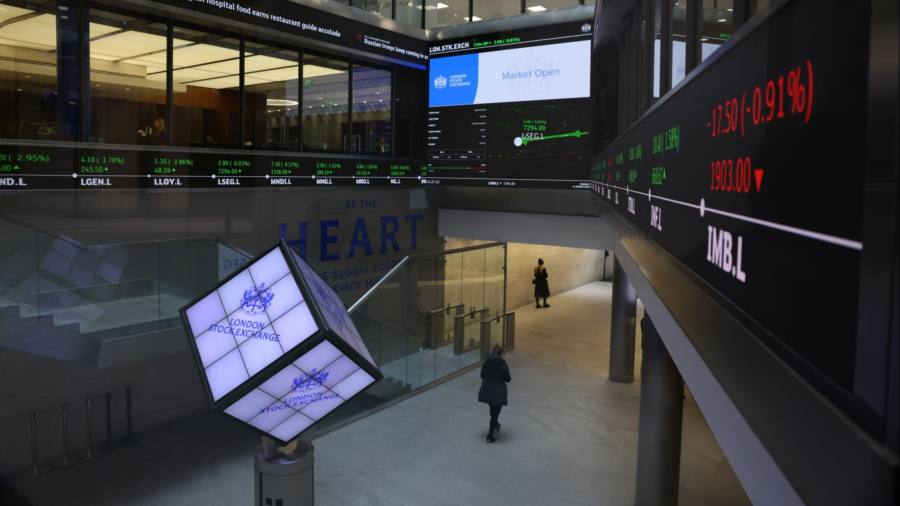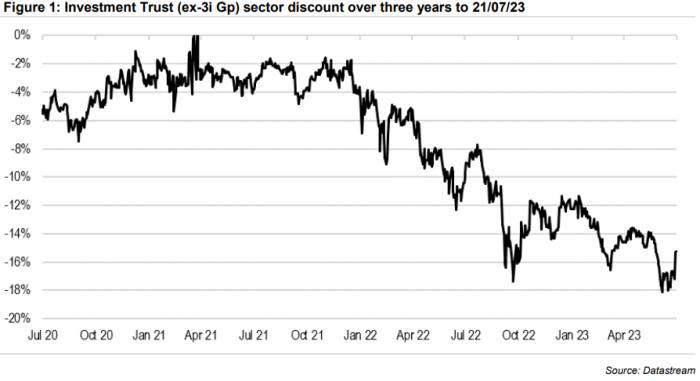
Receive free Equities updates
We’ll send you a myFT Daily Digest email rounding up the latest Equities news every morning.
Investment funds are a peculiar form of madness. Investors pay for a management team they can’t entirely trust to buy assets at valuations they’ll never entirely trust, in exchange for a token that by logic should be worth less than it costs because it can only ever give the holder a potential share of the net returns the assets might or might not deliver.
None of the above gets much attention when prices are going up, but becomes an urgent problem when they’re not.
For the health of the fund-heavy UK market, that’s not ideal. The interactive chart below shows how FTSE index membership has changed over the past decade:
The data (from Peel Hunt) helps illustrate how reliant the broad UK market has become on funds. The FTSE 250 has 15 per cent fewer trading companies than five years ago. There’s a 25 per cent reduction in small-cap-indexed companies ex funds and a 48 per cent drop in FTSE Fledgling non-fund members. Meanwhile, the total fund count is up 10 per cent since 2013.
Another way to illustrate the state of things is by market value:
Reasons for the stock market shrinkage are well documented — from Britain’s omnishambles discount and the steady withdrawal of cash from underperforming domestic portfolios, to the damaged IPO pipeline and private equity’s LBO bubble. Reform proposals are arriving at a pace of about three a month.
What might be missed is that London Stock Exchange membership figures would look a lot worse were it not for a listed fund universe that has kept growing, but whose recent performance has been stinking the place out:
Stifel (whose chart that is) estimates that out of 240 mainstream UK funds, 90 are trading at discounts to net asset value of 15 per cent or higher. Of those, 40 are on discounts of 25 per cent-plus, with most of this latter group being zirpy dividend farmers launched within the past ten years.
Such high discounts are likely to be unsustainable, says Stifel analyst Iain Scouller in a recent note:
We think the sector is likely to see a wave of corporate activity over the next couple of years. Whilst it is possible that markets will self-correct and discounts will narrow significantly as interest rates decline, we think that once the discount ‘genie is out of the bottle’ it will be difficult for many funds to revert back to their previous valuations with share price premiums to NAV.
Many investors bought these newer funds for yield and assumed modest changes in capital valuations. Given the share price falls and widening discounts, we think some shareholders will argue the ‘business model is broken’, or the structure has been tested in adverse markets and is ‘not fit for purpose’.
Higher interest rates are the obvious reason for widening discounts, since they reduce the relative attractiveness of fund yields and push up discount rates, but there are myriad others. Weakened corporate governance, stunted shareholder rights, murky valuations for unlisted stuff, rising debt costs and management churn can also play a part.
Similarly, there’s no one-size-fits-all solution and only some retain the public listing. Shareholders might prefer a managed run-off or a reconstruction. Consolidation might be in-house, like Abrdn’s plan to merge its New Dawn and Asia Dragon funds, or among near relations, as with Monks’ takeover of Independent Investment Trust.
Where the problem is an out-of-favour asset class, M&A at a premium is possible. Stifel says the £1.45bn take-private of John Laing Infrastructure Fund by Dalmore Capital and Equitix sets a precedent. Before the offer JLIF had traded at a 10 per cent discount to NAV as the collapse of Carillion stoked worries that the UK might nationalise PFI contracts. The takeover was priced 8 per cent above NAV.
Similar conditions exist for any private buyer keen on infrastructure, while large energy companies are a natural fit for the renewables funds, says Stifel. “We think these listed funds could offer an attractive source of ready-made operational portfolios for predators. Many of the portfolios are also reasonably diversified in terms of number of projects and geographically.”
Whichever way, irrespective of any market reform, the deep discounts across the sector suggests UK de-equitisation has some way left to run.


